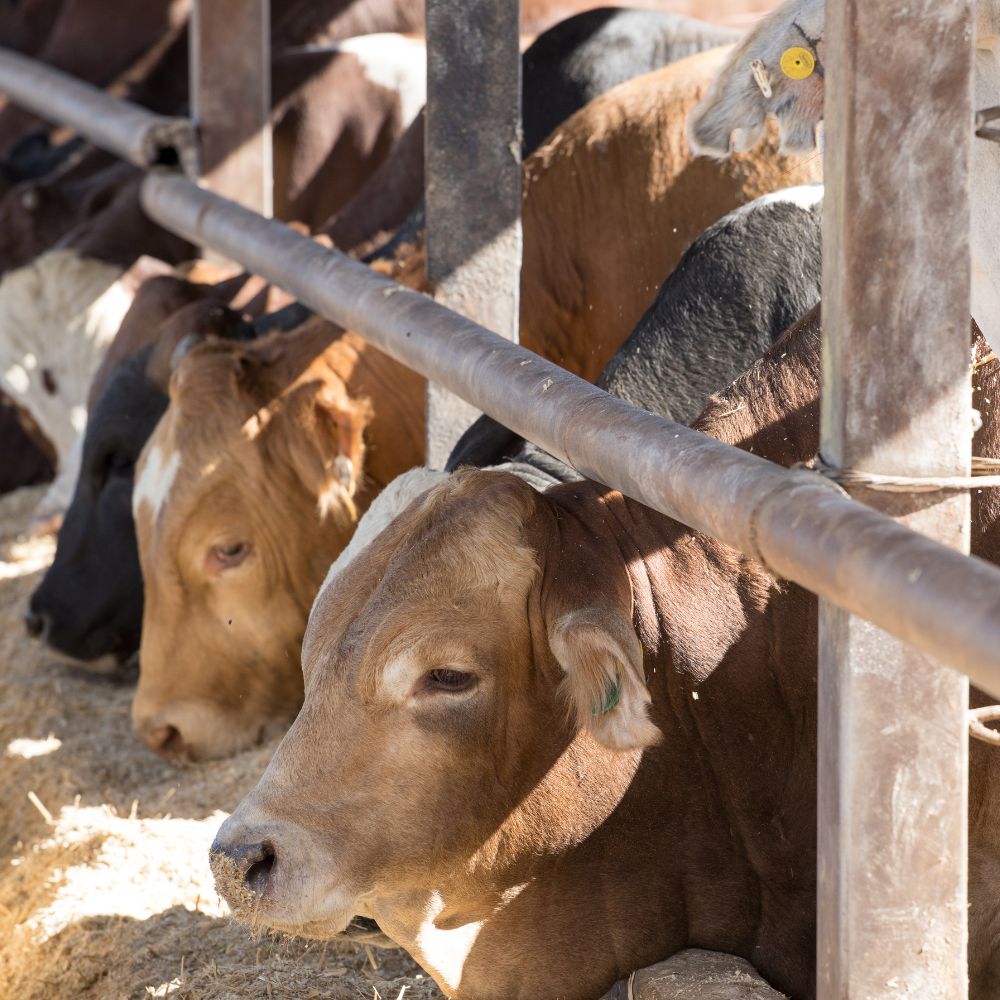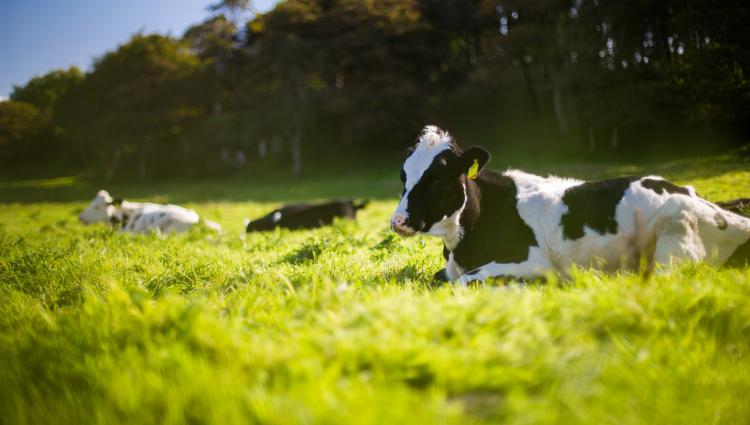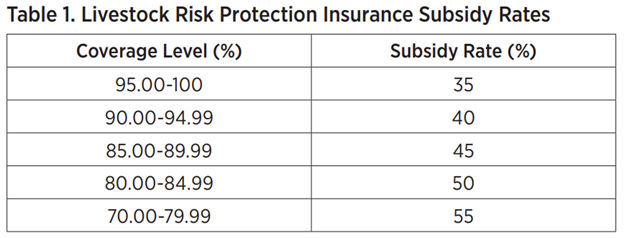Guarding Success: Bagley Risk Management Services
Guarding Success: Bagley Risk Management Services
Blog Article
Trick Elements to Think About When Finding Animals Danger Defense (LRP) Insurance
When examining options for Animals Threat Security (LRP) insurance policy, several crucial elements call for mindful factor to consider to make certain reliable threat administration in the agricultural sector. Choosing the right coverage choices customized to your details animals operation is extremely important, as is recognizing how superior prices associate with the level of defense provided. In addition, the eligibility standards for different kinds of livestock and the adaptability of the policy to adjust to altering scenarios are critical components to consider. The efficiency and transparency of the claims procedure can significantly influence the general experience and economic end results for animals manufacturers. By strategically navigating these vital variables, manufacturers can protect their investments and reduce potential threats effectively.
Insurance Coverage Options
When thinking about Animals Danger Defense (LRP) insurance policy, it is essential to recognize the various coverage options available to reduce threats in the agricultural industry. Animals Risk Protection (LRP) insurance policy supplies various insurance coverage options customized to fulfill the diverse demands of animals producers.
An additional important coverage alternative is the recommendation duration, which identifies the size of time the insurance coverage is in impact. Manufacturers can choose the recommendation period that ideal matches their manufacturing cycle and market problems. Additionally, insurance coverage levels and prices vary based on the kind of animals being guaranteed, giving manufacturers the adaptability to tailor their insurance policy intends according to their particular requirements.
Recognizing the various insurance coverage options readily available under Animals Danger Security (LRP) insurance policy is critical for producers to make educated decisions that properly secure their animals operations from market unpredictabilities.
Costs Prices

Animals Threat Protection (LRP) insurance policy supplies essential coverage choices customized to alleviate dangers in the farming field, with a significant facet to think about being the estimation and structure of premium costs. These consist of the kind and number of animals being guaranteed, the protection level chosen, the current market rates, historic price data, and the size of the coverage period.
Premium expenses for LRP insurance policy are usually determined based upon actuarial data and risk evaluation designs. Insurance firms assess historic information on animals prices and manufacturing expenses to identify an appropriate premium that reflects the level of risk entailed. It is necessary for livestock manufacturers to carefully assess premium expenses and protection alternatives to ensure they are properly safeguarded against possible monetary losses because of adverse market problems or unpredicted events. By understanding exactly how exceptional prices are computed and structured, producers can make informed choices when selecting the best LRP insurance plan for their procedure.
Eligible Livestock
The resolution of eligible livestock for Animals Threat Security (LRP) insurance coverage includes mindful consideration of specific criteria and qualities. Livestock kinds that are usually eligible for LRP insurance include feeder cattle, fed swine, lambs, and livestock. These pets must fulfill certain qualifications associated with weight ranges, age, and planned usage. Furthermore, the qualification of animals may that site differ based upon the details insurance coverage supplier and the terms of the plan.
Feeder cattle, for instance, are generally qualified for LRP protection if they fall within defined weight varieties. Fed livestock may likewise be qualified, however they have to satisfy specific weight and quality grade needs. Swine eligible for coverage usually include market weight pets intended for slaughter. Lambs are an additional classification of livestock that can be taken into consideration for LRP insurance policy, with elements such as weight and age playing an important duty in establishing their qualification.
Before selecting LRP insurance policy for animals, manufacturers must meticulously assess the eligibility standards detailed by the insurance supplier to ensure their animals fulfill the essential needs for coverage.
Policy Adaptability
Policy flexibility in Livestock Danger Protection (LRP) insurance permits producers to tailor insurance coverage to match their particular requirements and take the chance of management approaches. This flexibility empowers livestock manufacturers to tailor their insurance policy plans based on elements such as the type of animals they have, market conditions, and specific danger tolerance levels. By supplying customizable alternatives, my latest blog post LRP insurance coverage makes it possible for manufacturers to successfully manage their threat direct exposure while protecting their livestock procedures against unforeseen market volatility.
Cases Process
Upon experiencing a loss or damages, producers can initiate the claims process for their Animals Danger Security (LRP) insurance coverage by quickly calling their insurance supplier. It is essential for manufacturers to report the loss as quickly as possible to expedite the insurance claims procedure. When reaching out to the insurance company, manufacturers will certainly need to offer thorough information regarding the event, including the day, nature of the loss, and any kind of relevant paperwork such as vet documents or market value.

After the assessment is total, the insurance policy supplier will certainly make a choice regarding the insurance claim and connect the end result to the producer. If the case is accepted, the manufacturer will certainly receive payment according to the terms of their Livestock Risk Protection (LRP) insurance plan. Bagley Risk Management. It is necessary for producers to be acquainted with the cases process to ensure a smooth experience in case of a loss

Conclusion
Finally, when picking Livestock Threat Defense (LRP) insurance, it is important to consider insurance coverage alternatives, premium costs, qualified livestock, plan adaptability, and the claims procedure. These key elements will certainly assist make sure that farmers and herdsmans are effectively protected versus prospective threats and losses related to their livestock procedures. Making an educated choice based upon these factors to consider can ultimately bring about better economic security and assurance for livestock manufacturers.
Livestock Danger Defense (LRP) insurance coverage offers various protection alternatives tailored to satisfy the varied demands of livestock manufacturers.The decision of qualified animals for Livestock Risk Protection (LRP) insurance policy coverage includes cautious consideration of specific criteria and characteristics.Policy flexibility in Livestock Threat Security (LRP) insurance permits producers to customize insurance coverage to fit their details demands and run the risk of management methods.Upon experiencing a loss or damage, manufacturers can start the claims procedure for their Animals Risk Security (LRP) insurance by without delay calling their insurance policy service provider.In final thought, when choosing Animals Threat Protection (LRP) insurance, it is essential to consider coverage choices, premium expenses, qualified livestock, policy adaptability, and the cases procedure.
Report this page